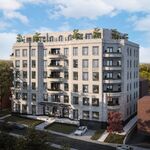Juan_Lennon416
Senior Member
Gweed123...I am also an urban planning grad from Ryerson and I can tell you that your petition to change Eglinton to a combination of HRT & BRT will die in a heartbeat! According to talks with Giambrone, transit officials and my opinion, Eglinton should (and will) only have one technology for its entire length
Last edited:




